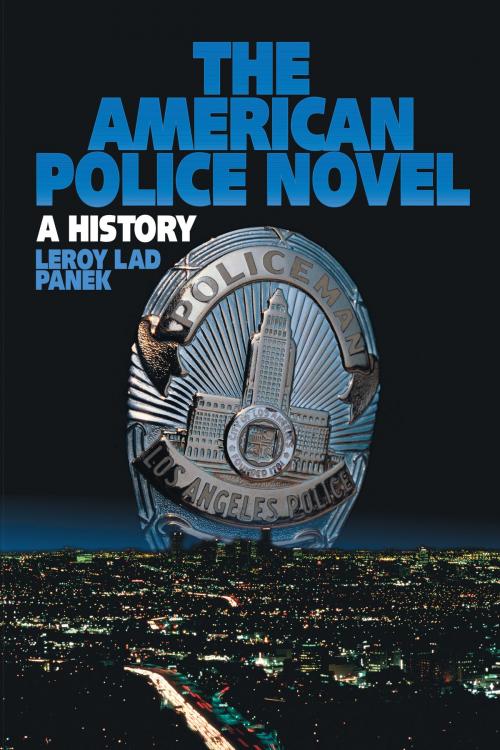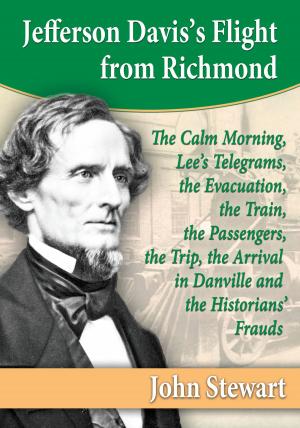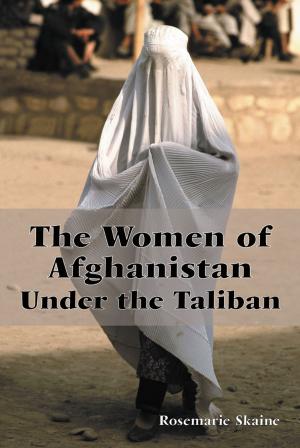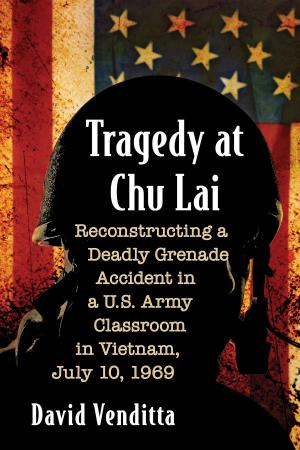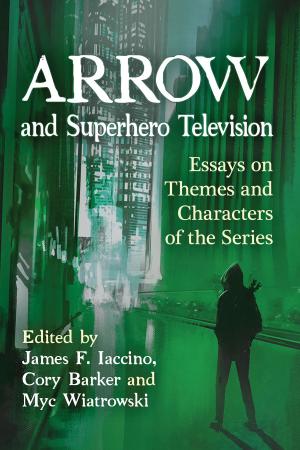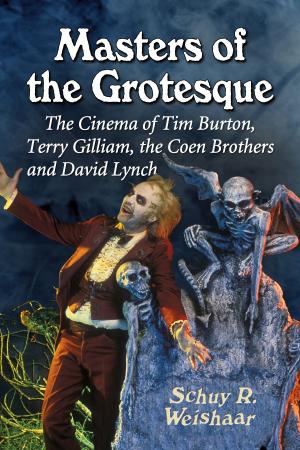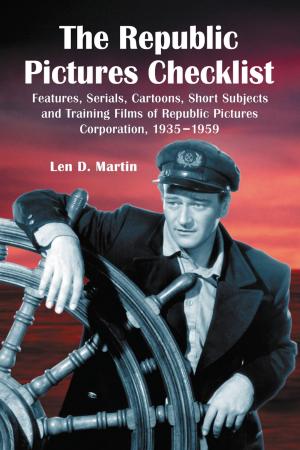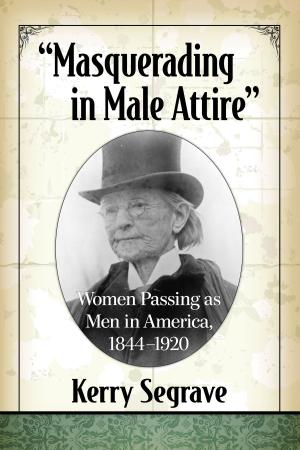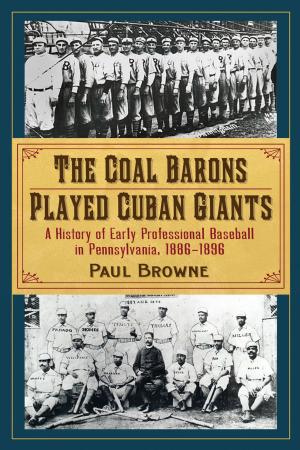The American Police Novel
A History
Fiction & Literature, Literary Theory & Criticism, Mystery & Detective Fiction, Nonfiction, Social & Cultural Studies, Social Science, Crimes & Criminals, Criminology| Author: | Leroy Lad Panek | ISBN: | 9780786481378 |
| Publisher: | McFarland & Company, Inc., Publishers | Publication: | September 17, 2015 |
| Imprint: | Language: | English |
| Author: | Leroy Lad Panek |
| ISBN: | 9780786481378 |
| Publisher: | McFarland & Company, Inc., Publishers |
| Publication: | September 17, 2015 |
| Imprint: | |
| Language: | English |
The American police novel emerged soon after World War II and by the end of the century it was one of the most important forms of American crime fiction. The vogue for either Holmesian genius or the plucky amateur detective dominated mystery fiction until mid-century; the police hero offered a way to make the traditional mystery story contemporary. The police novel reflects sociology and history, and addresses issues tied to the police force, such as corruption, management, and brutality. Since the police novel reflects current events, the changing natures of crime, court procedures, and legislation have an impact on its plots and messages. An examination of the police novel covers both the evolution of a genre of fiction and American culture in general. This work traces the emergence of the police officer as hero and the police novel as a significant popular genre, from the cameo appearances of police in detective novels of the 1930s and 1940s through the serial killer and forensic novels of the 1990s. It follows the ways in which professional writers and police officers turned writers view the police individually and collectively. The work chronicles the ways in which changes in the law and society have affected the actions of the police and shows how the protagonists of police novels have changed in gender, race, nationality, sexual orientation, and age over the years. The major writers examined begin with Julian Hawthorne in the nineteenth century, and include such writers as S.S. van Dine, Ellery Queen, Erle Stanley Gardner, Ed McBain, Chester Himes, MacKinley Kantor, Hillary Waugh, Dorothy Uhnak, Joseph Wambaugh, Bob Leuci, W.E.B. Griffin, and Carol O’Connor.
The American police novel emerged soon after World War II and by the end of the century it was one of the most important forms of American crime fiction. The vogue for either Holmesian genius or the plucky amateur detective dominated mystery fiction until mid-century; the police hero offered a way to make the traditional mystery story contemporary. The police novel reflects sociology and history, and addresses issues tied to the police force, such as corruption, management, and brutality. Since the police novel reflects current events, the changing natures of crime, court procedures, and legislation have an impact on its plots and messages. An examination of the police novel covers both the evolution of a genre of fiction and American culture in general. This work traces the emergence of the police officer as hero and the police novel as a significant popular genre, from the cameo appearances of police in detective novels of the 1930s and 1940s through the serial killer and forensic novels of the 1990s. It follows the ways in which professional writers and police officers turned writers view the police individually and collectively. The work chronicles the ways in which changes in the law and society have affected the actions of the police and shows how the protagonists of police novels have changed in gender, race, nationality, sexual orientation, and age over the years. The major writers examined begin with Julian Hawthorne in the nineteenth century, and include such writers as S.S. van Dine, Ellery Queen, Erle Stanley Gardner, Ed McBain, Chester Himes, MacKinley Kantor, Hillary Waugh, Dorothy Uhnak, Joseph Wambaugh, Bob Leuci, W.E.B. Griffin, and Carol O’Connor.
